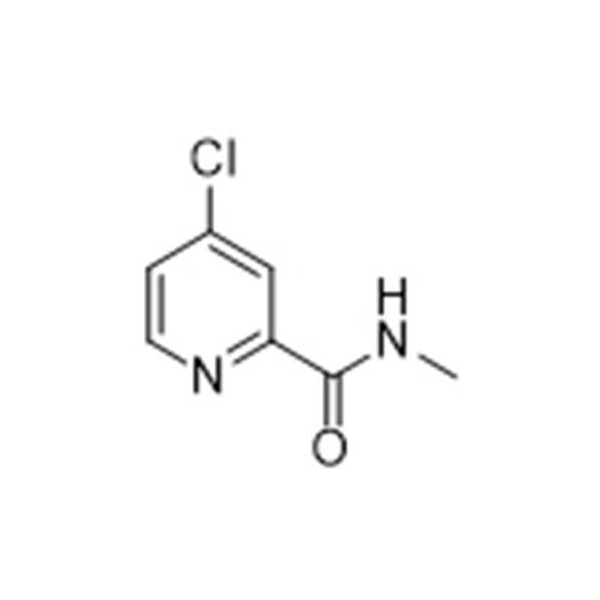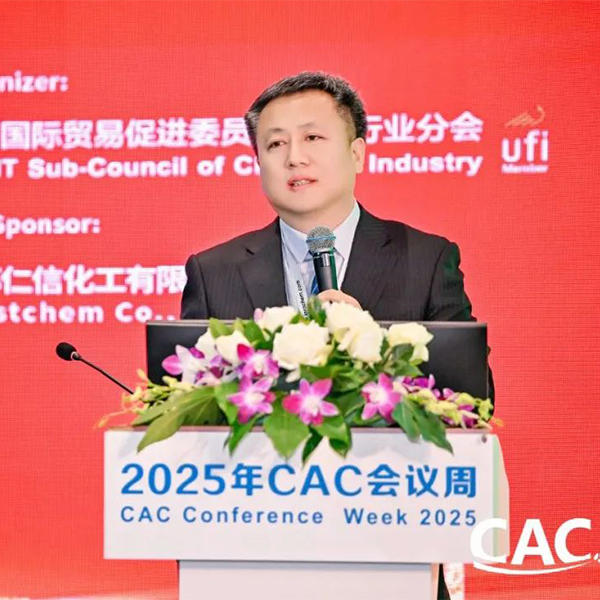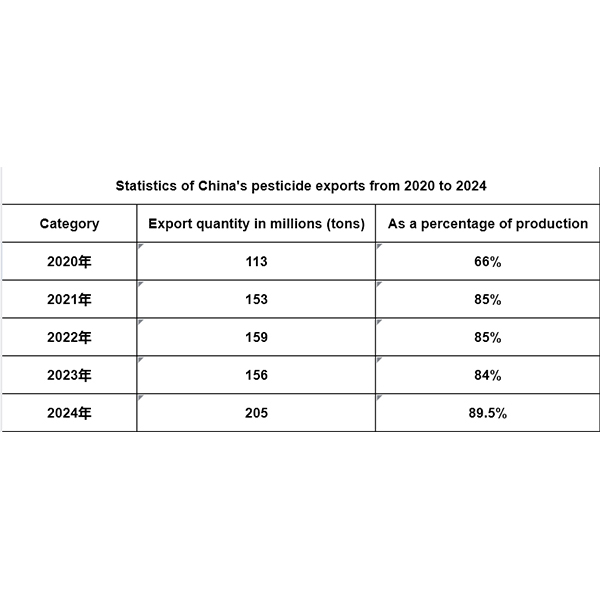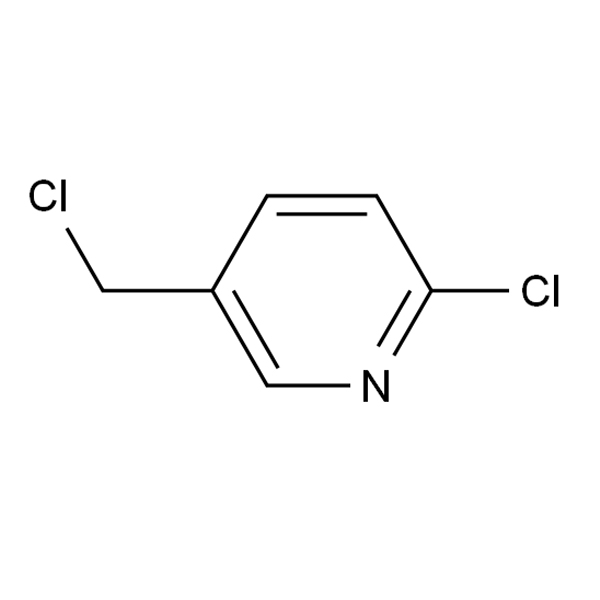
2-Chloro-4-trifluoromethylpyridine: Structure, Uses, and Global Supply Overview (2025)
2025-06-13
🔬 What is 2-Chloro-4-trifluoromethylpyridine?
2-Chloro-4-trifluoromethylpyridine is a specialty chemical and halogenated heterocyclic compound widely used as an intermediate in pharmaceuticals, agrochemicals, and advanced materials research. Its molecular structure combines the reactivity of a chloro group at the 2-position and the strong electron-withdrawing trifluoromethyl group (CF₃) at the 4-position on a pyridine ring.
-
CAS Number: 52334-81-3
-
Molecular Formula: C6H3ClF3N
-
Molecular Weight: 181.54 g/mol
-
Synonyms: 2-Chloro-4-(trifluoromethyl)pyridine, 2-Cl-4-CF₃-pyridine
🧪 Chemical Structure & Properties
| Property | Value |
|---|---|
| Appearance | Pale yellow to colorless liquid |
| Boiling Point | ~150–160°C |
| Flash Point | ~60°C |
| Density | ~1.4 g/cm³ |
| Purity (typical) | ≥98% |
| Solubility | Soluble in organic solvents (e.g., DCM, THF, Acetonitrile) |
| Stability | Stable under standard storage conditions |
🧬 Key Applications of 2-Chloro-4-trifluoromethylpyridine
Due to its unique combination of halogen and fluorine substituents, this compound is highly valuable in cross-coupling reactions and nucleophilic substitutions, making it ideal for synthesizing more complex functional molecules.
✅ Major Use Cases:
-
Pharmaceutical Intermediate
-
Precursor in the synthesis of biologically active heterocyclic drugs.
-
Used in CNS, cardiovascular, and oncology drug development pipelines.
-
-
Agrochemical Synthesis
-
Widely employed in the creation of herbicides, fungicides, and insecticides.
-
The CF₃ group improves metabolic stability and bioavailability in plant protection agents.
-
-
Advanced Material Chemistry
-
Utilized in developing fluorinated specialty polymers and ligands for catalytic systems.
-
⚙️ Synthetic Applications & Reactivity
Functional Groups:
-
Cl at Position 2: Highly reactive toward nucleophilic aromatic substitution (SNAr), and useful in Pd-catalyzed cross-couplings (e.g., Suzuki, Buchwald-Hartwig).
-
CF₃ at Position 4: Enhances electron-withdrawing effects, increasing the electrophilicity of the ring, thus modifying downstream reactivity.
Example Reactions:
-
Suzuki coupling with aryl boronic acids to create biaryl pyridines.
-
Amidation or amination via Buchwald-Hartwig methodology.
-
Nucleophilic displacement of chlorine with oxygen, nitrogen, or sulfur nucleophiles.
🌍 Global Supplier & Availability Information
Sourcing 2-Chloro-4-trifluoromethylpyridine from a trusted chemical supplier ensures product consistency and regulatory compliance. It is available in lab-scale, pilot-scale, and bulk industrial quantities.
| Supplier Name | Region | Purity Options | Packaging |
|---|---|---|---|
| Sigma-Aldrich (Merck) | Global | 97–99% | 5g, 25g, 100g, 500g |
| TCI America | USA, Japan | ≥98% | Glass bottle, drum |
| Fluorochem Ltd. | UK | ≥99% | Custom on request |
| Alfa Aesar (Thermo Fisher) | Global | 98% | R&D packaging |
| China-based CRO/CMO Labs | Asia & Global | Custom synthesis | Kilogram to ton scale |
Tip: Always request COA, MSDS, NMR and HPLC data when sourcing for regulated research or commercial development.
🧯 Safety & Handling Guidelines
| Hazards | May cause eye/skin irritation, harmful if inhaled |
|---|---|
| GHS Label | ⚠️ (Irritant) |
| Storage Conditions | Cool, dry, well-ventilated area |
| PPE Requirements | Gloves, goggles, lab coat, fume hood recommended |
➡ Refer to the compound’s Safety Data Sheet (SDS) for detailed handling procedures and disposal instructions.
🔎 Frequently Asked Questions (FAQs)
Q1: Is 2-Chloro-4-trifluoromethylpyridine suitable for Suzuki coupling?
✅ Yes, the chloro group at the 2-position is reactive under palladium-catalyzed conditions.
Q2: What’s the difference between 2-Chloro-4-trifluoromethylpyridine and 2-Chloro-3-trifluoromethylpyridine?
The main difference lies in substitution position, which alters reactivity, steric effects, and electronic distribution in target synthesis.
Q3: Can this compound be stored long-term?
Yes, when sealed properly and stored in a cool, dark place, it maintains stability for over 12 months.
Q4: Is this compound REACH or RoHS compliant?
It depends on the supplier and production method. Always request documentation for regulatory compliance.
📘 Related Compounds for Further Research
-
2-Chloro-3-trifluoromethylpyridine
-
4-Trifluoromethylpyridine-2-boronic acid
-
2-Fluoro-4-trifluoromethylpyridine
-
3-Amino-4-trifluoromethylpyridine
These structural analogs are often used in structure-activity relationship (SAR) studies and parallel medicinal chemistry synthesis.
✅ Conclusion: A High-Value Intermediate for Modern Chemistry
2-Chloro-4-trifluoromethylpyridine is a highly versatile building block used across pharmaceutical discovery, agrochemical R&D, and specialty chemical synthesis. Its dual functional groups offer excellent synthetic flexibility, making it an essential component in modern organic chemistry.
Whether you are scaling up for process development or conducting early-stage research, sourcing this compound from a reliable supplier is crucial for quality and regulatory confidence.













